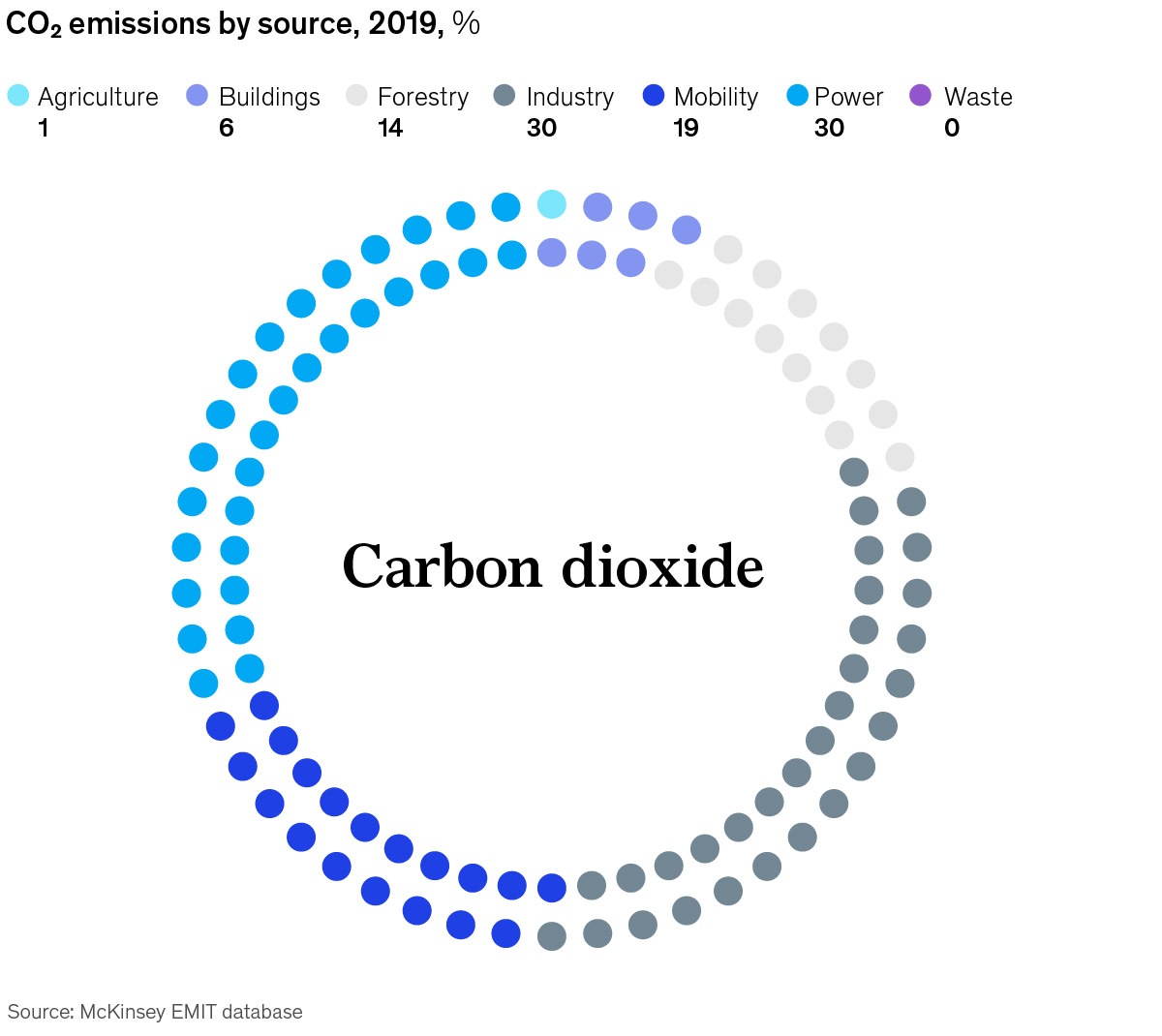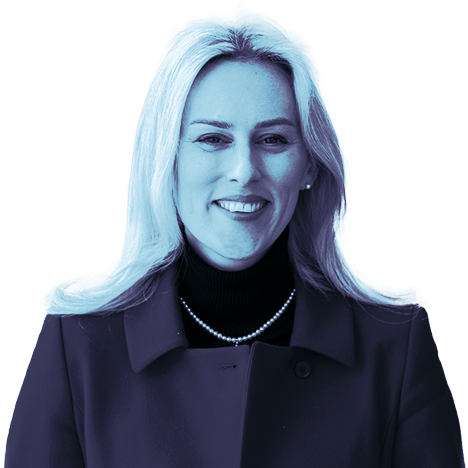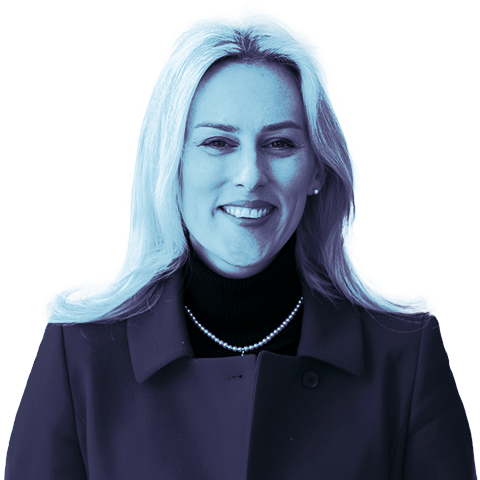The Shortlist
Collaboration overload
.

| Our best ideas, quick and curated | March 4, 2022
|
| This week‚ why more interactions don’t lead to better ideas or faster decisions. Plus‚ moving beyond spreadsheets for supply chain planning, and a McKinsey partner on why it’s important to understand that your brain is biased. |
|
|
|
| What’s the definition of true collaboration? Let’s first define what it isn’t: endless meetings (virtual or in person)‚ endless emails‚ endless rounds of decision making‚ and endless consultations with parallel teams. Interacting all the time isn’t the same as creating valuable ideas together. And collaboration overload can harm performance and even well‐being. |
| Busywork. Wide‐ranging discussions don’t necessarily promote good decision making, and over time they can exacerbate a general lack of accountability rather than empowering employees. Every minute spent on a low‐value interaction eats into time that could be used for important, creative, and powerful collaborations. As early as mid‐2020, 80 percent of executives surveyed told McKinsey they were considering or already implementing changes in the structure and cadence of meetings‚ in response to the COVID‐19 pandemic. |
| A voice‚ not a veto. In “If we’re all so busy‚ why isn’t anything getting done?” we looked at three core categories of collaboration—decision making‚ creative solutions and coordination‚ and information sharing—to see how organizations can pinpoint problems and take corrective action. It’s crucial to clarify exactly who makes decisions. One renewable‐energy company developed a 30‐minute “role card” conversation‚ in which managers laid out the decision rights and accountability metrics for each direct report. The result was faster decision making that was also more customer focused. |
| Level the playing field. If you make one individual the decision maker, don’t underestimate the difficulty of seeing that through; our risk-averse instincts may kick in to ensure that everyone is “happy” with a decision, particularly superiors and major stakeholders. Risk aversion is also a factor in the success or failure of brainstorming sessions. People can be motivated to conform, creating an environment that lets mediocre ideas flourish and makes true change difficult to achieve. The use of a structured approach to brainstorming—including anonymous contributors and silent voting—removes some of the risks that can thwart honest and productive discussion. |
| Let’s not meet. Making meeting time a scarce resource (including no‐meeting days) is another strategy that can improve the quality of information sharing. Leaders and managers should treat time spent in meetings seriously by prioritizing decision making over sharing information that people could have received beforehand. It’s even possible that a meeting could be more productive if one person doesn’t attend: the boss. |
|
|

|
| OFF THE CHARTS |
| Speeding up decarbonization worldwide |
| Net‐zero emissions can be achieved only through a universal transformation of seven energy and land use systems throughout the global economy. Each of these systems—power‚ industry‚ mobility‚ buildings‚ agriculture‚ forestry and other kinds of land use‚ and waste—will need to be transformed to achieve net‐zero emissions. Because they are highly interdependent‚ actions to reduce emissions must take place in concert and at scale across them.
|
|
|
|
|

|
| MORE ON MCKINSEY.COM |
| To improve your supply chain‚ modernize your supply chain IT | Global distribution issues and increasingly complex supply chains are forcing companies to modernize the tools they use to forecast demand and plan to meet it. |
| How US airports could make the most of additional liquidity | Airports generate billions of dollars in direct and indirect value to the economy. While they face a challenging recovery from the pandemic‚ diversifying revenue streams and sources of funding provides a critical opportunity. |
| The rise of the inclusive consumer | Social values are shaping purchasing decisions more than ever as shoppers vote with their wallets for retailers that support diverse entrepreneurs and products. Retailers that act now stand to attract consumers’ loyalty. |
|
|
|
|
|
| Be aware of your brain’s bias |
| Julia Sperling-Magro |
| Julia Sperling‐Magro‚ a medical doctor and neuroscientist‚ is a partner in McKinsey’s Frankfurt office. She focuses on performance and health transformations‚ leadership development‚ and operating-model design.
|
|
|
|
|
| If you think you will be completely objective in the decisions you make today‚ I’m here to tell you that assumption is incorrect. Your brain works by helping focus your attention. At any point in time‚ 11 million bits of information hit your brain, but only 70 get processed consciously‚ and you remember only seven properly in your short‐term memory. |
| Because of this enormous filtering exercise‚ your brain seeks patterns that make it easier to perform. The brain loves shortcuts‚ and it loves being correct. As a result‚ when you look out into the world you’re basically reconfirming whatever theory you’ve already formed with every piece of information you pick up. And that’s just one of the many cognitive biases to which we’re prone. |
| It is extremely difficult to remind yourself that you might be biased in the moment when you’re about to make a decision. Just being generally aware of your bias will most likely not help; you need some sort of “cue.” |
| A business leader I know was convinced that he was right all the time. So we established a devil’s advocate process to challenge his assumptions and strengthen his decision making. The problem was it didn’t work. Why not? Because he was emotionally attached to his beliefs. He became even more convinced that he was right after someone challenged him. In the end‚ the countermeasure that worked was to create a “red team” and a “blue team.” The red team argued his opinion‚ and the blue team argued the opposite. The leader could watch them having a discussion without feeling attacked. |
| Ultimately‚ what this leader really needed—and what all robust decisions need—is a more diverse set of perspectives throughout the process. Our affinity bias means that our teams‚ and especially leadership teams‚ are often homogenous. But we need people with different backgrounds‚ experiences‚ and ways of thinking to challenge our assumptions. |
| I discovered during implicit‐bias testing that I am moderately biased against women in leadership. This revelation came after years of supporting and promoting women in leadership roles. So I now have my own personal cue (or nudge): a handwritten note that says‚ “Why not a woman?” I bring it with me to every meeting where I might otherwise forget to live up to the inclusion principles I feel so strongly about. |
| Whether it’s your own note‚ or an inclusion app that reminds you not to interrupt others‚ or a trusted group that has your active permission to question your thinking‚ you need a prompt that tells you‚ “Pause and think before you react or decide.” |
| — Edited by Barbara Tierney |
|
|
Share this What We’re Thinking
|

|

|

|
|
|
|
|
| BACKTALK |
| Have feedback or other ideas? We’d love to hear from you. |
|
 |
|
|
Did you enjoy this newsletter? Forward it to colleagues and friends so they can subscribe too.
Was this issue forwarded to you? Sign up for it and sample our 40+ other free email subscriptions here.
|
|
|
This email contains information about McKinsey’s research, insights, services, or events. By opening our emails or clicking on links, you agree to our use of cookies and web tracking technology. For more information on how we use and protect your information, please review our privacy policy.
|
|
You received this email because you subscribed to The Shortlist newsletter.
|
|
|
|
Copyright © 2022 | McKinsey & Company, 3 World Trade Center, 175 Greenwich Street, New York, NY 10007
|
|
|
|







